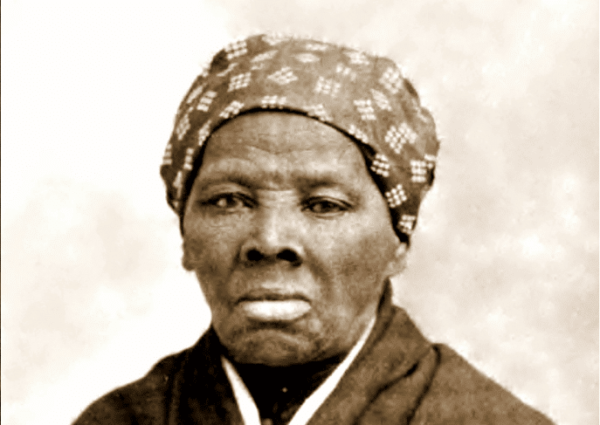
(RSC Diagnostics)
Harriet Tubman (circa 1820 — March 10, 1913)
- Harriet Tubman was born enslaved with the name Araminta around 1820. She changed her name around the time she married John Tubman in 1944.
- As a teen, she reportedly stepped in front of a fellow field hand to protect them from an angry white slavemaster. The two-pound weight he tossed in that direction struck Tubman and caused her to have sleeping spells throughout the rest of her life.
- It 1849, she escaped from slavery using the Underground Railroad, leaving her native Dorchester County, Maryland to Pennsylvania, a free state.
- She returned again and again to free other enslaved Black people and was known for toting a gun, which she’d use to keep tired runaway slaves on the quest to freedom. “You’ll be free or die,” she’d reportedly tell them.
- She also allegedly devised several tricks to make her journey to get enslaved Black people to freedom successful. Using a slaveowner’s horse and buggy for the first part of the trek on a Sunday night before runaway notices were posted on Monday morning was one of them.
- Frederick Douglass lauded by saying, “Excepting John Brown — of sacred memory — I know of no one who has willingly encountered more perils and hardships to serve our enslaved people than [Harriet Tubman].”
- By 1856, a $40,000 reward would be granted for Tubman’s capture and four years later, she had made the trek to the enslaved south 19 times, including one dangerous journey to free her 70-year-old parents.
- She spent the Civil War in the Union Army as a nurse, cook, armed scout and a spy.
- Tubman became the first woman to lead an armed expedition in the war, including the Combahee River Raid. It freed over 700 slaves in South Carolina and she earned the moniker, “Moses” for leading her people to freedom.
- Tubman died in 1913 and has been honored with a statue, and in 2017, her final home in Auburn, N.Y was designated as a national park.


